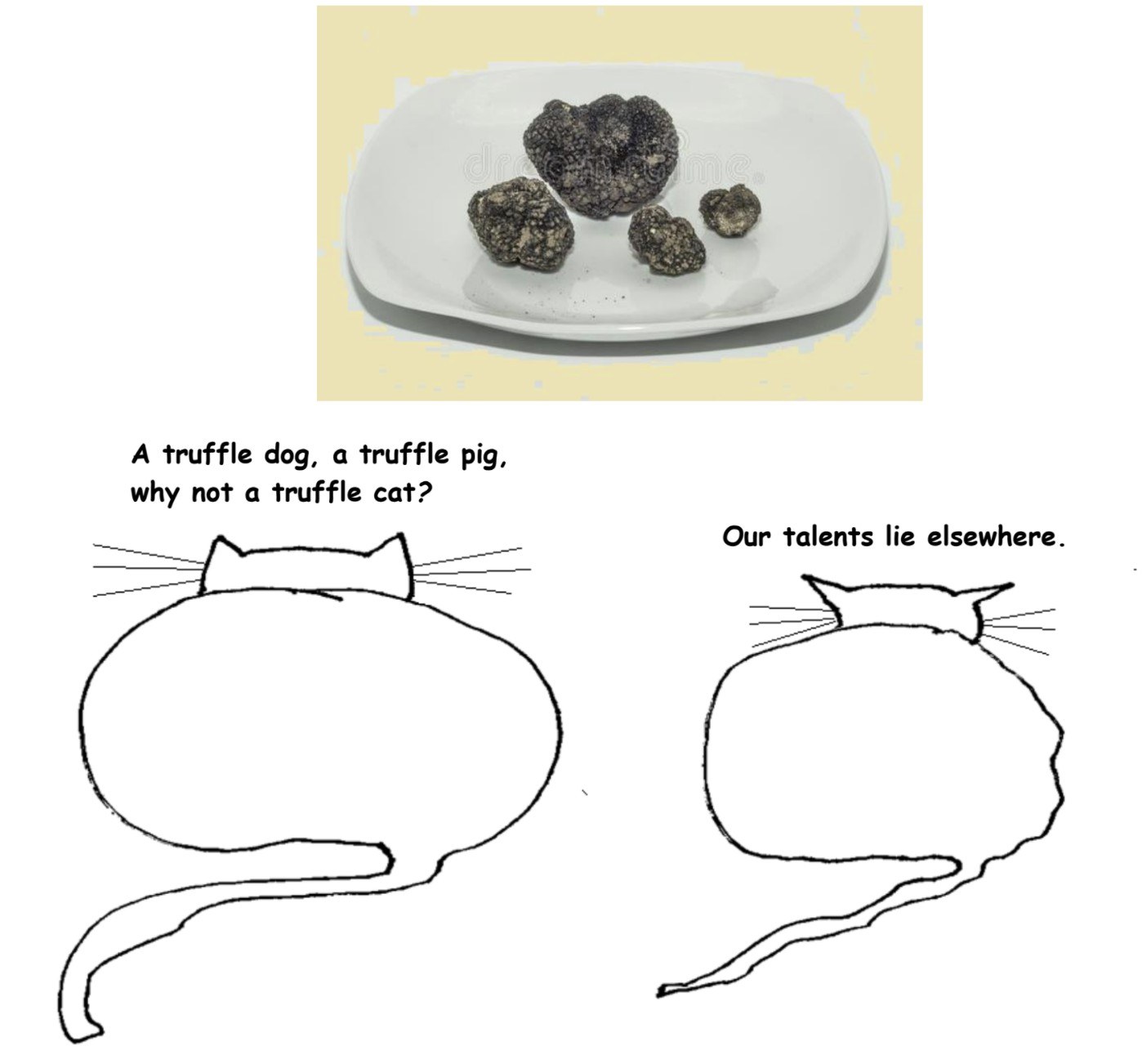by Jackson Arn
 The best thing about a painting is that no two people ever paint the same one. They could be sitting in the same garden, staring at the same tree in the same light, poking the same brush in the same pigments, but in the end none of that matters. The two hypothetical tree-paintings are going to turn out different, because the two hypothetical painters are different also.
The best thing about a painting is that no two people ever paint the same one. They could be sitting in the same garden, staring at the same tree in the same light, poking the same brush in the same pigments, but in the end none of that matters. The two hypothetical tree-paintings are going to turn out different, because the two hypothetical painters are different also.
Because the paintings are different, it stands to reason that one is likely to look better than the other. Not certain, but likely. Granted, if the two painters are five-year-olds lacking fine motor control and knowledge of linear perspective, their trees are bound to be equally bad. And granted, if the two are Leonardo and Picasso, their trees will be equally good—different in style, of course, but alike in goodness. Art is subjective, but like everything else subjectivity has its limits. Most of the time, one person is better at painting.
The person who paints the better tree is not necessarily the more careful painter. One person could sit in the garden all afternoon working on a leaf, wait 20 hours for the planet to roll back around, work on leaf the second, and so on for months until the painting is complete—and completely awful. The other person could show up hungover and underslept, sit for fifteen minutes, stand, and leave behind a better work of art. It’s probably worse the other way around. One person could show up at the crack of dawn, paint with brisk, efficient brushstrokes, and be off in time to fix their kids breakfast, such is their dedication to the twin deities of Art and Family. The second person could arrive weeks later, work for months while their children starve, and paint the better painting, and the only thing the world would care about is that the painting is better. All the advantages person two had, all the time person one was forced to sacrifice—nobody cares. All they care about is who painted the better tree.
Yes, I’m right—it’s much worse that way. And not just because of the starving children.
*
I am not a painter, but I probably could have been. Until very recently, I was a solar engineer. Science always came easy. I never loved it, never got so much as a squirt of dopamine from biology homework or an A plus on a physics exam. It’s just that I was incapable of not getting A pluses in science classes. That was my curse. My unrequested gift.
I can’t remember much about the things I painted back then, but I remember the joy they brought me. Nothing, not even the events of last year, can take that away. All careers in the arts begin with joy. It’s the acorn from which the oak of greatness grows. Inspiration is also needed, and perspiration, and dedication, and luck. But joy is the acorn. Read more »
 Wendel White. South Lynn Street School, Seymour, Indiana, 2007.
Wendel White. South Lynn Street School, Seymour, Indiana, 2007.
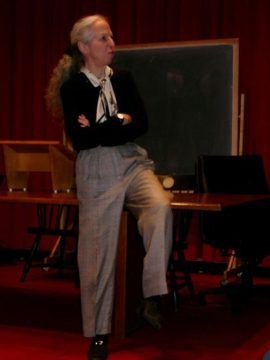
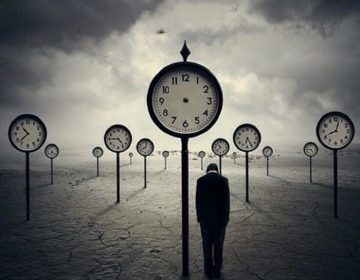 Santiniketan in my childhood used to attract a lot of foreign scholars, artists and students, which was a boon to a young stamp-collector like me. Every day the sorting at the small post office was completed by mid-morning and many of the residents used to come and collect their mail themselves. I, along with a couple of other children, used to wait there for the foreigners to collect their mail. As soon as one was spotted, we used to scream “Stamp! Stamp!”; they obliged us by tearing off the stamps in their envelopes. Soon I had a thick album of foreign stamps. I used to linger wistfully over every stamp and imagined things about those distant foreign lands. (I remember Swiss stamps said only ‘Helvetia’ on them, which I could never find in the only world map I had at home).
Santiniketan in my childhood used to attract a lot of foreign scholars, artists and students, which was a boon to a young stamp-collector like me. Every day the sorting at the small post office was completed by mid-morning and many of the residents used to come and collect their mail themselves. I, along with a couple of other children, used to wait there for the foreigners to collect their mail. As soon as one was spotted, we used to scream “Stamp! Stamp!”; they obliged us by tearing off the stamps in their envelopes. Soon I had a thick album of foreign stamps. I used to linger wistfully over every stamp and imagined things about those distant foreign lands. (I remember Swiss stamps said only ‘Helvetia’ on them, which I could never find in the only world map I had at home).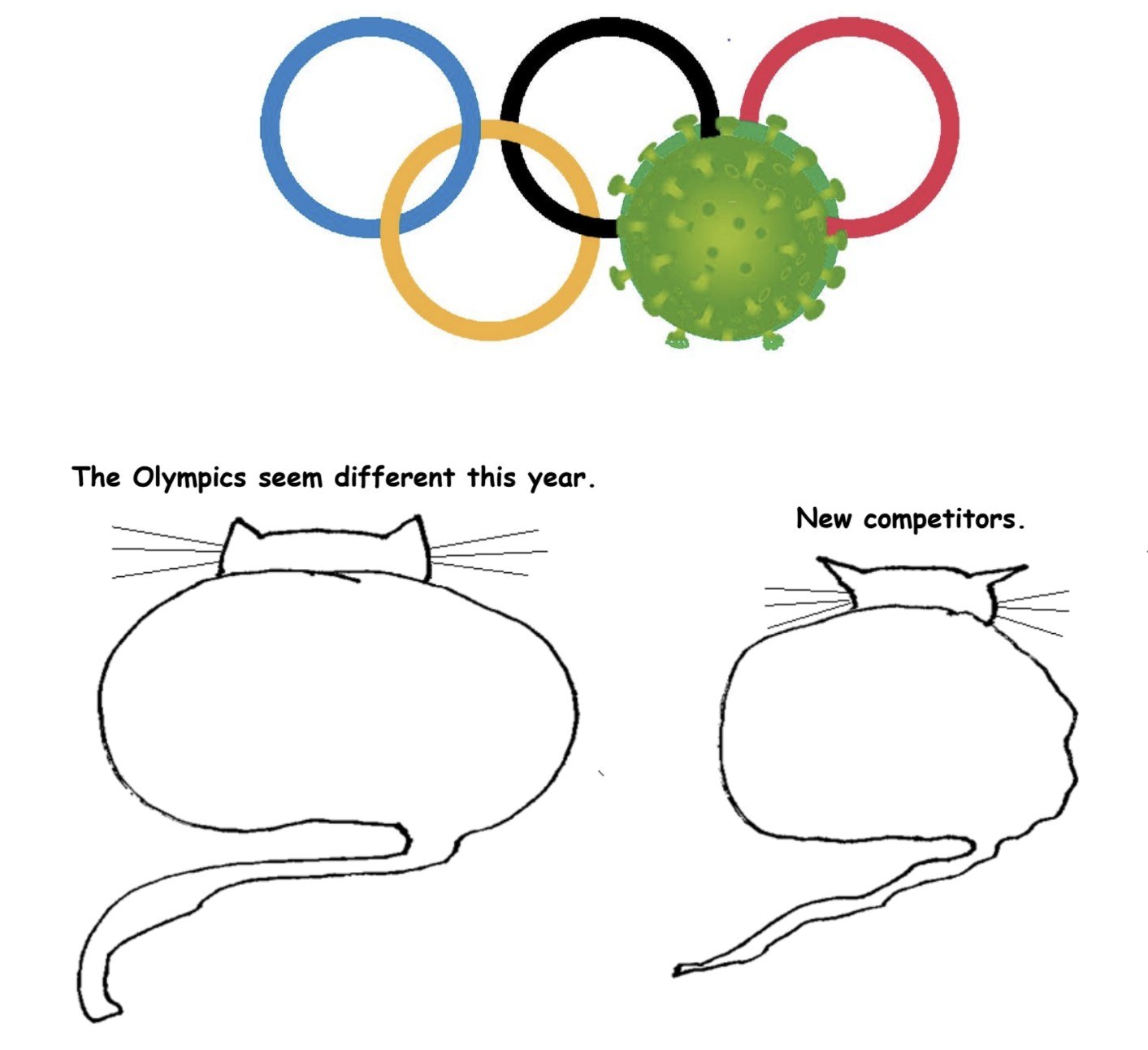



 Billions of people around the world continue to live in great poverty. What is the responsibility of rich countries to address this?
Billions of people around the world continue to live in great poverty. What is the responsibility of rich countries to address this? The best thing about a painting is that no two people ever paint the same one. They could be sitting in the same garden, staring at the same tree in the same light, poking the same brush in the same pigments, but in the end none of that matters. The two hypothetical tree-paintings are going to turn out different, because the two hypothetical painters are different also.
The best thing about a painting is that no two people ever paint the same one. They could be sitting in the same garden, staring at the same tree in the same light, poking the same brush in the same pigments, but in the end none of that matters. The two hypothetical tree-paintings are going to turn out different, because the two hypothetical painters are different also.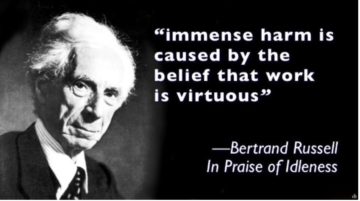 The work ethic is deeply ingrained in much of modern society, both Eastern and Western, and there are many forces making sure that this remains the case. Parents, teachers, coaches, politicians, employers, and many other shapers of souls or makers of opinion constantly repeat the idea that hard work is the key to success–in any particular endeavour, or in life itself. It would be a brave graduation speaker who seriously urged their young listeners to embrace idleness. (I did once hear Ariana Huffington advise Smith College graduates to “sleep their way to the top,” but she essentially meant that they should avoid burn out by ensuring that they get sufficient rest.)
The work ethic is deeply ingrained in much of modern society, both Eastern and Western, and there are many forces making sure that this remains the case. Parents, teachers, coaches, politicians, employers, and many other shapers of souls or makers of opinion constantly repeat the idea that hard work is the key to success–in any particular endeavour, or in life itself. It would be a brave graduation speaker who seriously urged their young listeners to embrace idleness. (I did once hear Ariana Huffington advise Smith College graduates to “sleep their way to the top,” but she essentially meant that they should avoid burn out by ensuring that they get sufficient rest.)
 Ninety percent cancers diagnosed at Stage I are cured. Ninety percent diagnosed at Stage IV are not. Early detection saves lives. Unfortunately, more than a third of the patients already have advanced disease at diagnosis. Most die. We can, and must, do better. But why be satisfied with diagnosing Stage I disease that also requires disfiguring and invasive treatments? Why not aim higher and track down the origin of cancer? The First Cell. To do so, cancer must be caught at birth. This remains a challenging problem for researchers.
Ninety percent cancers diagnosed at Stage I are cured. Ninety percent diagnosed at Stage IV are not. Early detection saves lives. Unfortunately, more than a third of the patients already have advanced disease at diagnosis. Most die. We can, and must, do better. But why be satisfied with diagnosing Stage I disease that also requires disfiguring and invasive treatments? Why not aim higher and track down the origin of cancer? The First Cell. To do so, cancer must be caught at birth. This remains a challenging problem for researchers. In the beginning, the god of the
In the beginning, the god of the 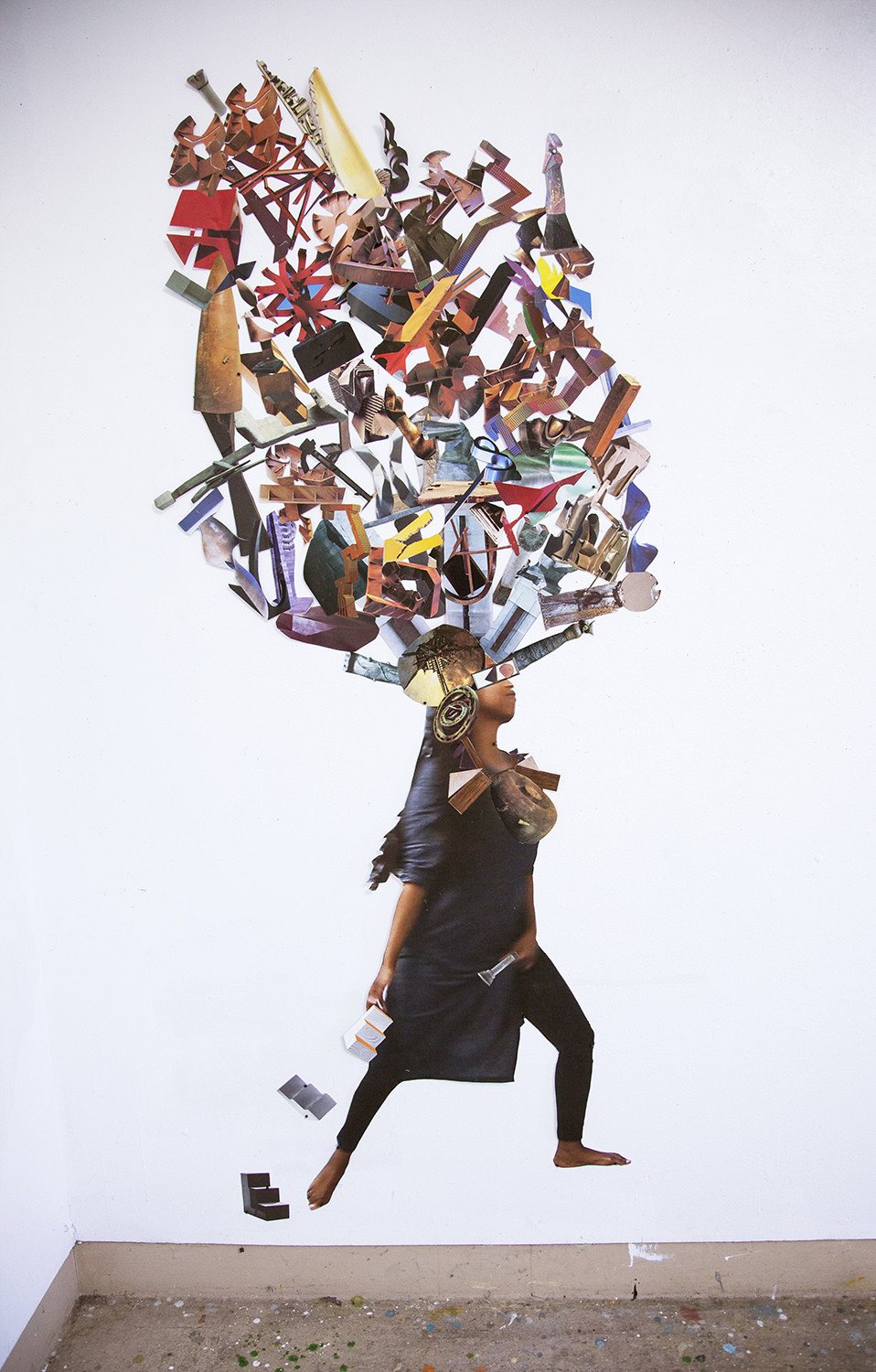

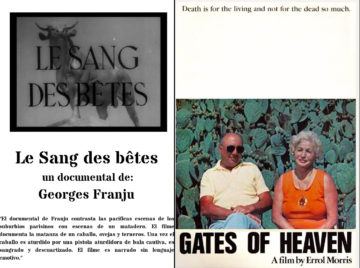 Blood of the Beasts (Le sang des bêtes)
Blood of the Beasts (Le sang des bêtes)